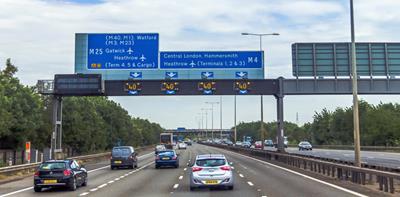
Can you honestly say, hand on heart, that you know the meaning of all the road signs and markings you regularly see?
If you do, then you’re in a tiny minority. Drivers of all ages struggle to identify common signs such as those indicating ‘end of dual carriageway ahead’, ‘ahead only’ and ‘no waiting’, according to research commissioned by Ageas.
Try our quiz to test your own knowledge of common road signs and markings quiz. You might be surprised by how many you struggle to identify.
Experience pays
While you might expect younger drivers to be better at identifying road signs, as they are more likely to have recently passed their driving test, in reality experience wins the day. The results of Ageas’s research showed motorists aged over 45 have a far better understanding of the Highway Code than their younger counterparts.
Only three quarters (76%) of 17-24 year olds correctly identified the ‘no overtaking’ sign, and just two fifths (39%) understood the ‘no overtaking’ road markings that are often used on rural roads to avoid head-on collisions. This compares to 95% and 85% respectively in the 45 – 64 age bracket.
Only half (52%) of younger drivers recognised the ‘Do not proceed any further in this lane’ gantry sign that is increasingly used to manage traffic on the UK’s smart motorway network, compared to nearly nine out of ten 45 – 64 year olds. Seven in ten understood the ‘two way traffic ahead’ sign, again compared to nine out of ten in their parents’ age group.

Percentage of drivers in each age group who could correctly identify the sign or road marking
Help your driver children
So perhaps, although they might deny it, your grown-up children could benefit from your experience.
Try sharing these 10 safe driving tips with your children to help them to stay safe and continue to improve their driving skills.
But older, more experienced drivers shouldn’t get complacent. It’s easy to forget some of the basics, lose touch with the latest road laws and develop some bad habits.
